Learning how to bake a cake from scratch or how to bake bread isn’t hard but there are a few important principles you need to know. This tutorial will give you all the information and tips you need to be successful baking!
I often get questions about baking and hear frustrations about baking from readers. I wanted to write this extensive post on how to bake to help YOU get perfect results every time. There are important differences between baking bread from scratch and baking cake from scratch. I’ll cover all of that and MORE! Let’s dive in.
How to Bake Bread from Scratch
Baking bread always seems to intimidate home cooks but it is actually very simple. There are a few principles to understand about baking bread and once you get them, your bread will turn out wonderfully every time.
While all baking is science, baking bread is a more loose science. The proportions and the ingredients can vary and there are very few ways to mess up.
The backbone of baking bread is yeast. Yeast is alive {it’s a fungus}, and its natural biochemical process is what causes bread to rise. As yeast is allowed to sit {proofing time in a recipe}, it uses the sugars and carbohydrates in the other dough ingredients as food. This is done through a process called fermentation. The end products of yeast fermentation are carbon dioxide and alcohol. Not surprisingly, this is the same process used to make beer and wine. It’s all chemistry 🙂
SCIENCE RULES! Being in the kitchen is basically like working in a lab, which is why I love both.
[et_bloom_inline optin_id=”optin_2″]
Anyways, this fermentation process does two things for your bread. The carbon dioxide creates air pockets and allows the bread to rise. The alcohol creates flavor in your bread, this is why breads with longer proof times or breads that use a pre-ferment have a more complex flavor than a traditional two proof step yeast bread.
Other things that will affect the flavor of a yeast bread are, of course, the other ingredients in the dough. Often times dinner rolls or dessert rolls will have butter, milk, and eggs in the dough. This adds a tender texture and a buttery smooth flavor. Sometimes herbs or a combination of herbs and oils are added to the bread as well to change the flavor. So yummy!
I get questions about flavor frequently – here is the thing. If you add eggs, milk, and butter you sacrifice some of the structure your bread will have and you sacrifice how long it will stay fresh. I developed my simple homemade bread recipe without those ingredients on purpose. I also add plenty of salt to the dough and use salted butter for brushing the tops of the loaves to amp up the flavor. A good bread recipe will always have a reason for every step.
What about gluten??? Gluten is like the quiet but ultra-musically talented and misunderstood kid in the back of the classroom who doodles song lyrics and chords in her notebook. Everyone thinks one thing about her, but they really have not idea what they are talking about and she’s not anything like their preconceived notions.
Gluten is simply a protein found in wheat. It’s not actually evil and there is no research proving that gluten is unhealthy for someone without a gluten allergy or intolerance. Gluten-Free diets are healthier because they are usually balanced and don’t have processed foods in them – not because they don’t contain gluten. The basic rule of any science experiment is to only change ONE variable at a time. You cannot change your whole diet and claim ditching gluten was the key.
*Lemme just step off my soapbox now……*
As I was saying, gluten plays a vital role in baking bread – it determines the structure of your loaf. The reason we knead bread is to strengthen this gluten protein structure. The more you knead, the more gluten is developed and the stronger your dough will be. Even if you have enough yeast in your recipe, the bread won’t rise as well as it should without the gluten scaffolding to hold everything up.
The amount of flour you use in your bread will change depending on the weather as well. I live in a dry, arid climate and high altitude so often readers who make my recipes at lower altitudes and more humid climates need to add more flour. A good recipe will indicate what the texture of the dough should be so you can gauge how much flour you need to add.
So, when baking bread you need to pay attention to three things and be sure to follow the directions that pertain to them:
- Ingredient list
- Proofing {rise} times.
- Kneading times.
Adding the correct ingredients will influence the flavor of the bread – follow the recipe or make sure you understand how what you’re adding or leaving out will change the bread. Following the correct proofing times will influence not only the breads flavor, but also texture. Don’t skimp on proof steps – it will change how the bread turns out. Ask me how I know 🙂 – ha! Follow the kneading times in the recipe. Kneading will build the structure for the bread and impact the breads texture.
I hope you feel more comfortable reading and making yeast bread recipes now! It’s so fun to bake your own bread from scratch.
How to Bake Cake from Scratch
Baking cakes from scratch can also seem intimidating to home cooks. But I have a secret – there is really only a few principles you need to understand to get perfect cakes every time. Baking a cake is easy! And then icing it is as hard as you want it to be, it’s all up to you.
The first thing you need when baking a cake is a good recipe. The proportions of flour to liquid to leavening agent really matter. If those proportions are off, the cake won’t turn out properly. While making cakes does take practice, it is also crucial that you start off on the right good with a good recipe. I always recommend my Basic Chocolate Cake for beginners, it’s really hard to mess up and the ingredients are so simple! Signs of a good recipe are detailed ingredients, detailed instructions, and good reviews. Find a recipe from a trusted cookbook or blog that you know others have had success with.
The next important secret to baking a cake is gluten! Yep, more gluten talk. Just as gluten proteins create structure as they are kneaded when making a yeast bread, the more you stir a cake batter the more gluten will develop. When baking cakes, we want to avoid this as too much gluten development will make a tough cake. Usually, the recipe directions will specify a mixing time – mix until just combined, or mix 1-2 minutes until the batter is smooth.
As with yeast breads, the amount of flour you add will vary depending on climate and elevation. Again, the recipe should make a note of the batter consistency so you know what you’re looking for before baking. Adjusting flour by 1/2 cup is not uncommon! Practice will make perfect here.
An often overlooked step in baking is letting all your ingredients come up to room temperature. Having room temperature ingredients is important for a few reasons but the most important reason is so that everything comes together like it should. The directions of a recipe will often include a creaming step with butter and sugar and then eggs. If all these ingredients are cold, they will not come together. The point of creaming ingredients together is not just to mix them, it’s to combine them. Actually mix them enough so they become one and then develop further by incorporating air.
So when a recipe says cream together butter and sugar until light and fluffy – do it! When the recipe says to cream the eggs until light and fluffy – do it! I always provide specific times for these steps in my recipes as well as step-by-step photos so you know just what to look for. But remember, this creaming will not happen properly if the ingredients are cold. Set out butter, cream cheese, eggs, and even milk at least an hour before you want to start baking.
How do you know if the ingredients should be cold or room temperature? Usually, the only time that ingredients need to be kept cold is when baking biscuits or baking pies. A good baking recipe will always specify so you know exactly what to do and how your ingredients should be prepared.
The last step for a perfect cake is knowing when it is done. There are a few ways to do this, but the first way is to just look at the cake. Does it look done? Is the middle set or jiggly? Are the edges cooked? If it appears to be cooked, simply insert a skewer into the center. If it comes out clean, it’s done! A few crumbs are also ok, as long as they aren’t wet.
All of these same directions apply to making quick breads, muffins or dessert breads as well! Once you understand these basic baking principles, you’ll be baking cakes and everything else from scratch in no time.
I hope this tutorial on how to bake bread and baking cake from scratch was helpful! Comment below with your own tips or with any additional questions you may have. Happy baking!
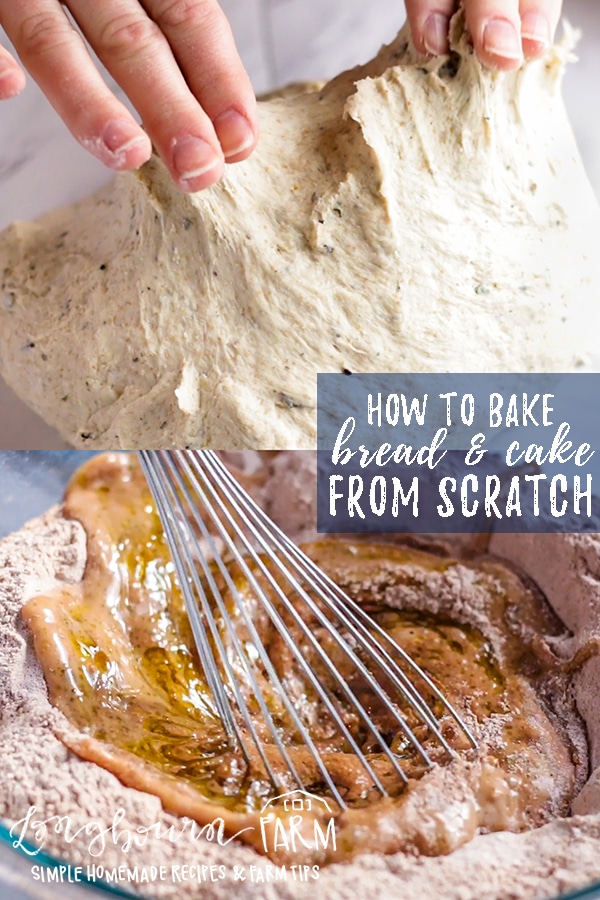
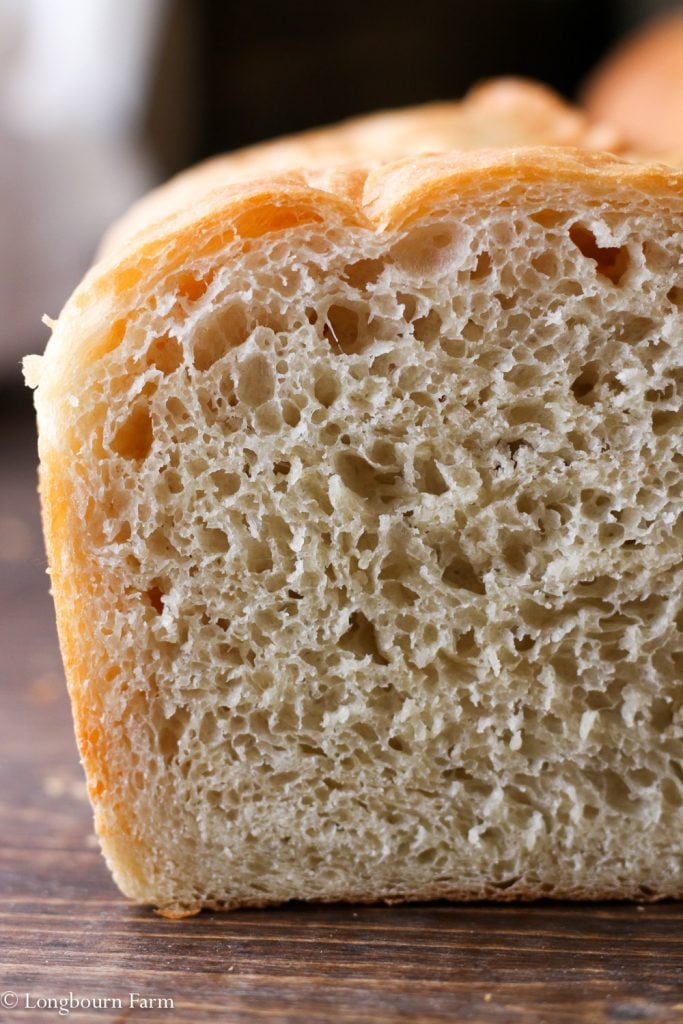
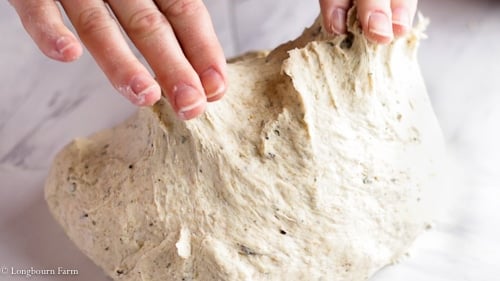
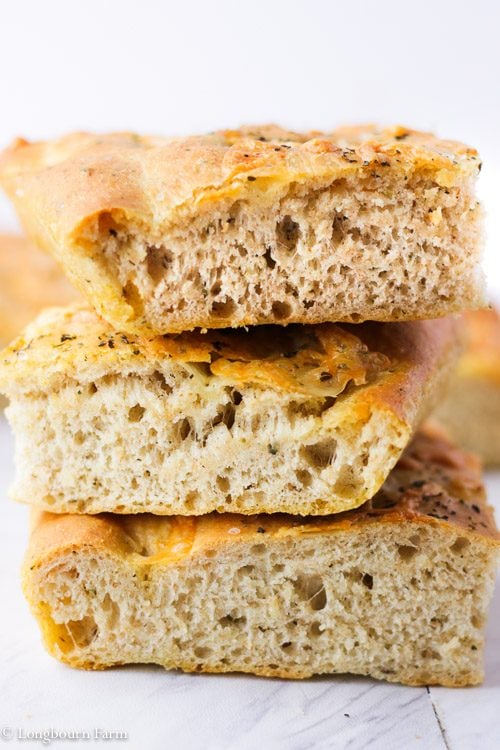
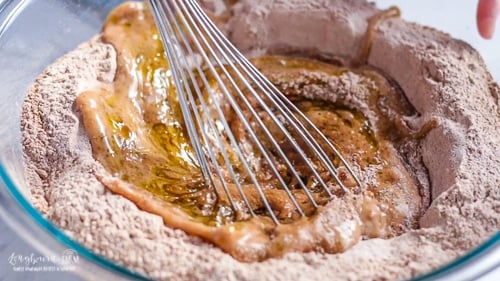

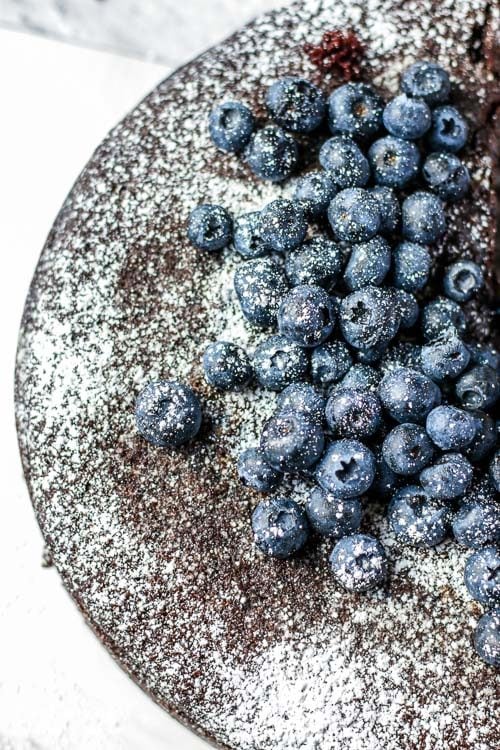
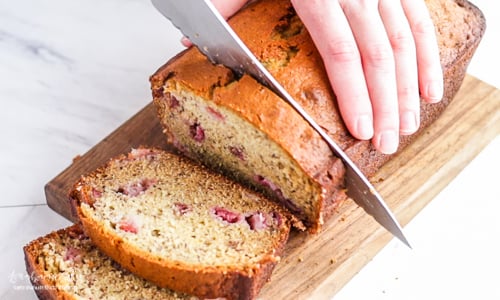

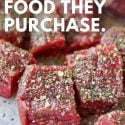

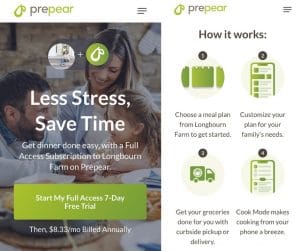

[…] How to Bake Bread From Scratch […]